
Question and Answers Forum
Question Number 164468 by ajfour last updated on 17/Jan/22
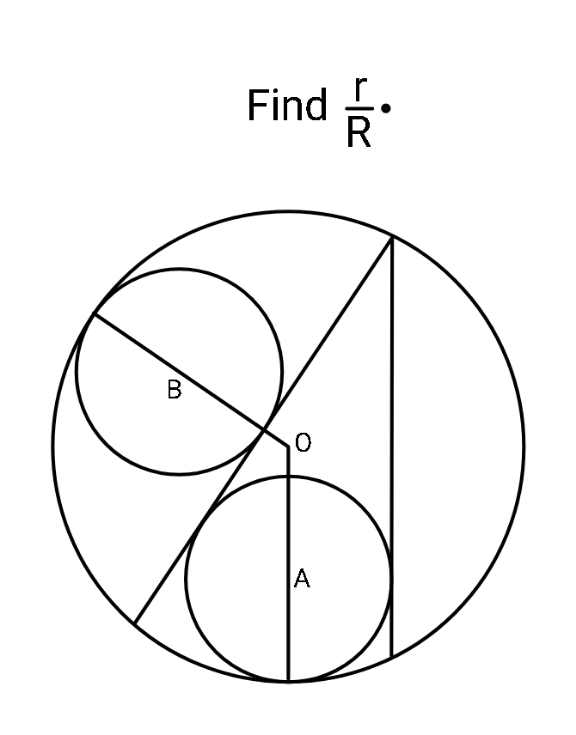
Answered by mr W last updated on 18/Jan/22
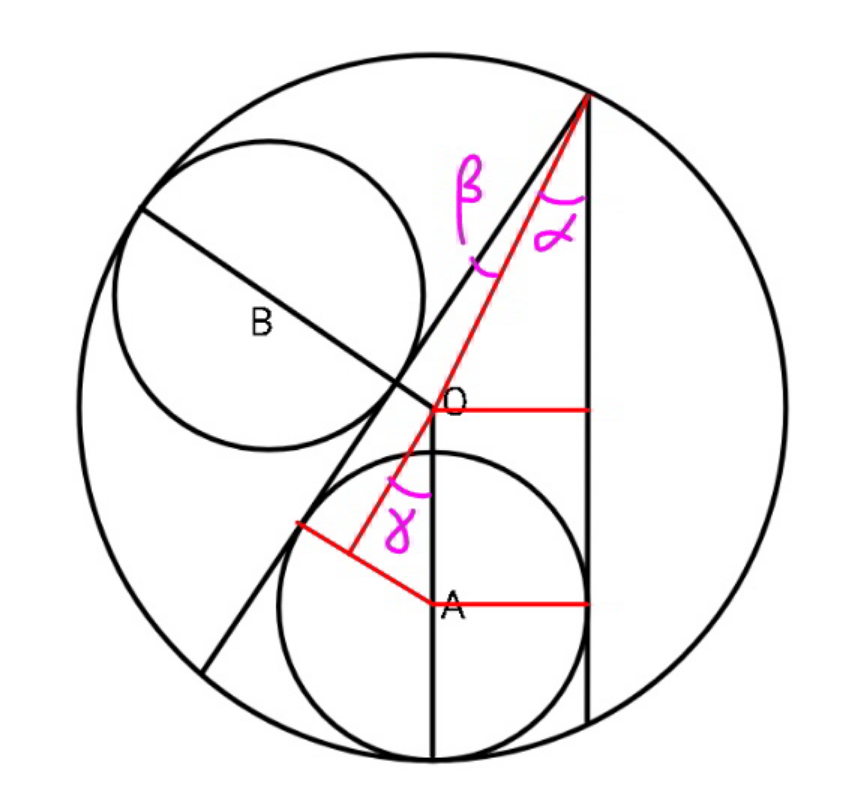
Commented by mr W last updated on 18/Jan/22
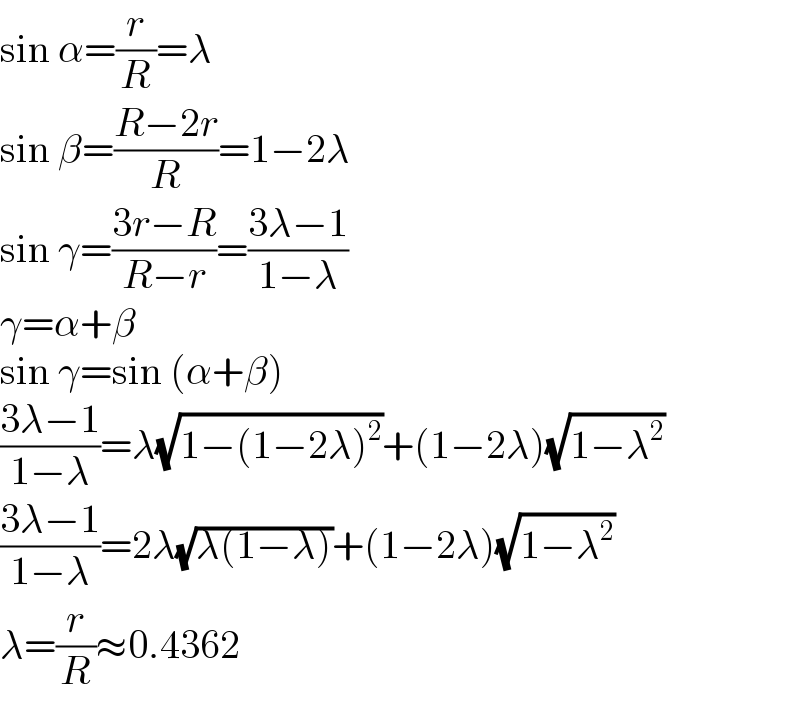
Commented by ajfour last updated on 19/Jan/22

Commented by mr W last updated on 19/Jan/22

Commented by mr W last updated on 18/Jan/22
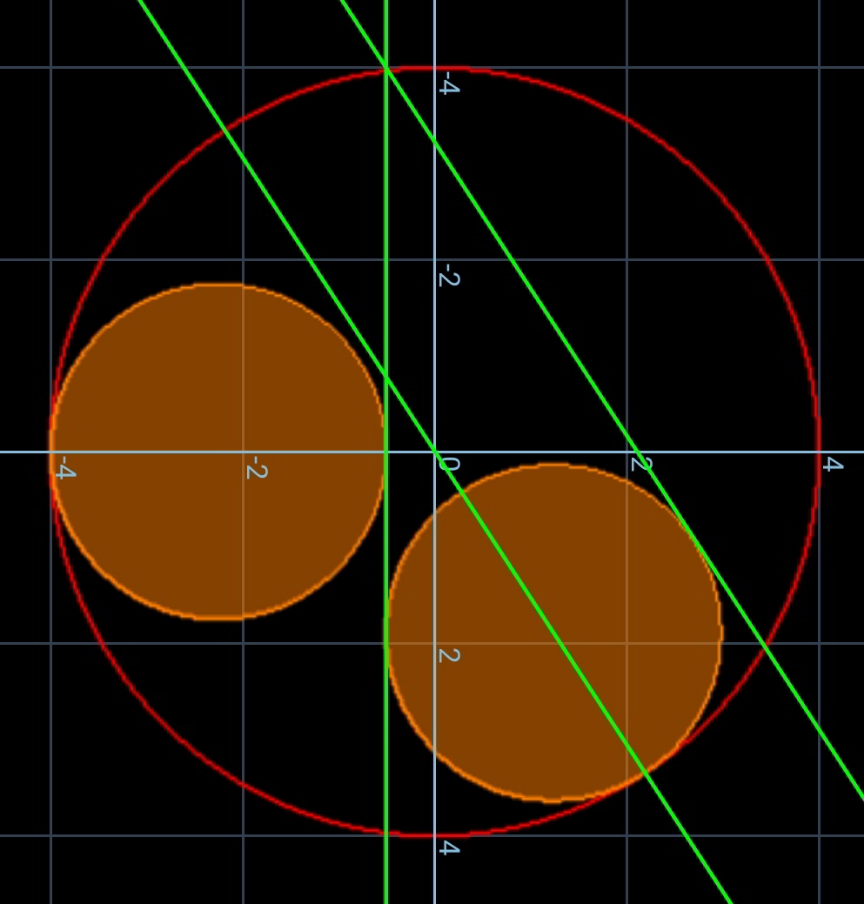
Answered by ajfour last updated on 20/Jan/22
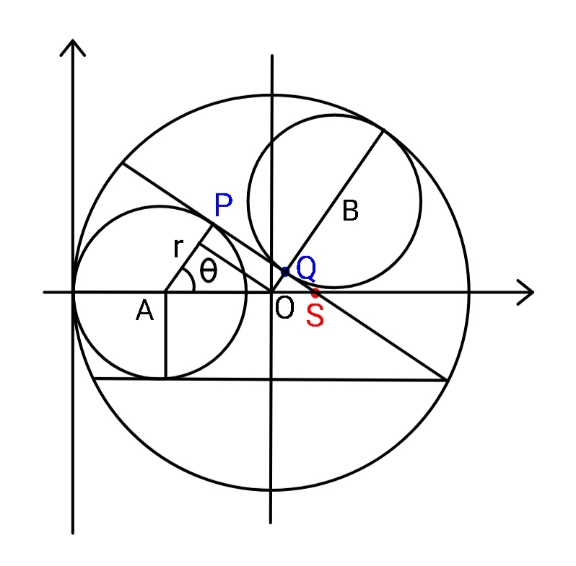
Commented by ajfour last updated on 21/Jan/22

Commented by ajfour last updated on 21/Jan/22
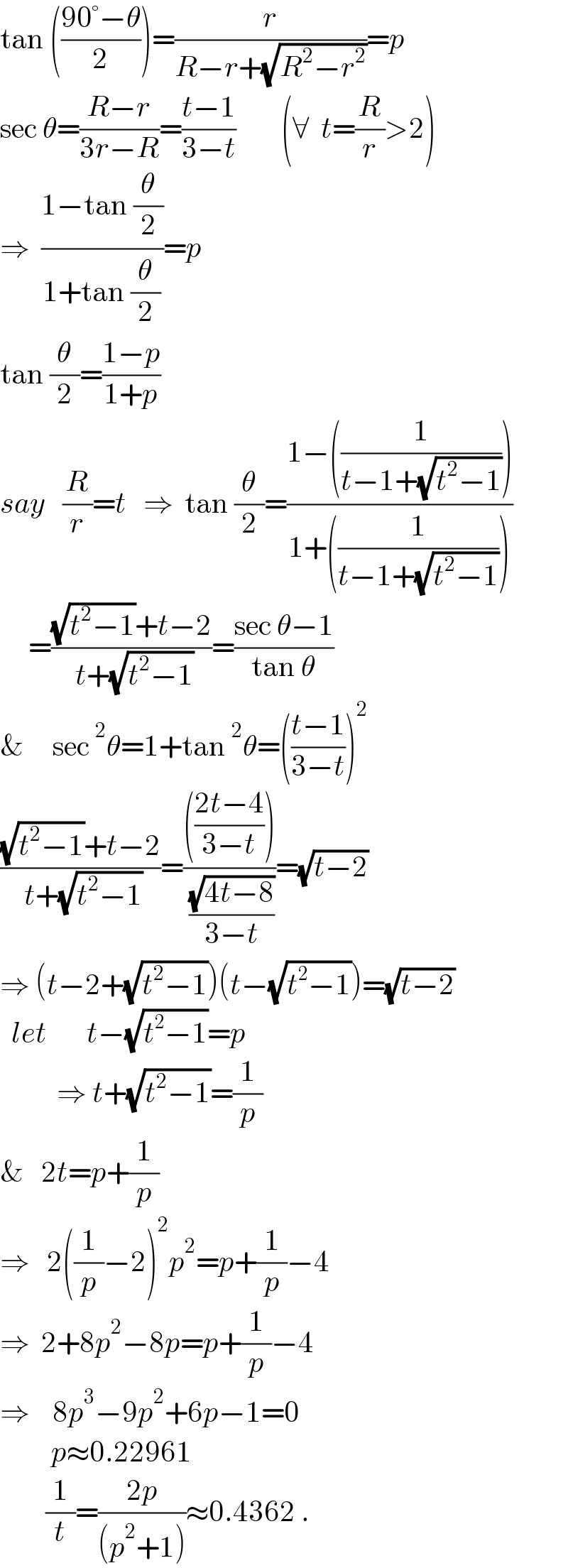
Commented by mr W last updated on 21/Jan/22

